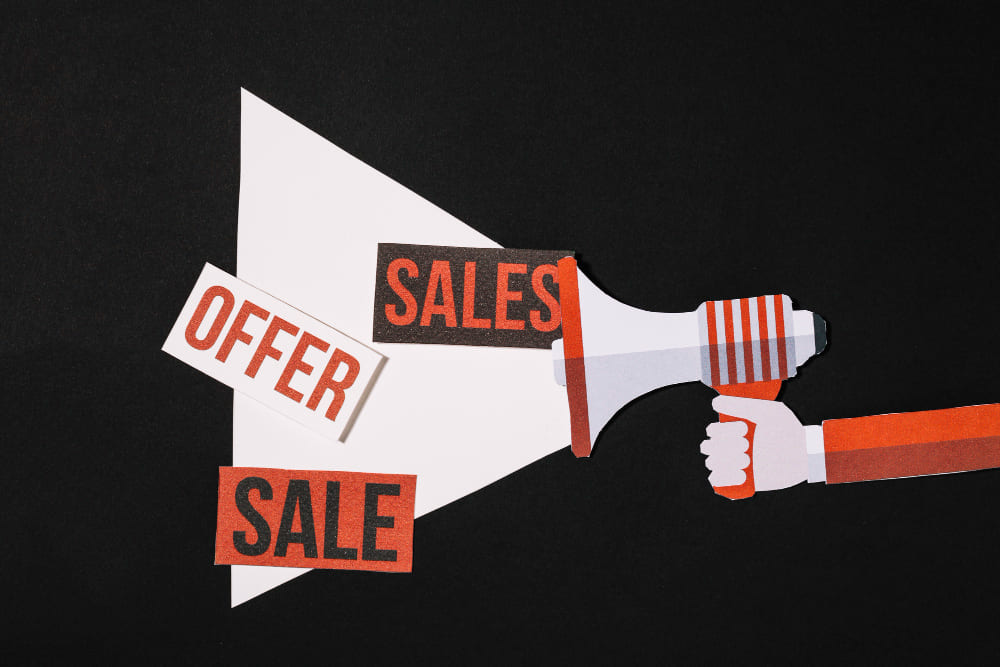
Discounts and Promotions
Discounts and Promotions
Discounts and Promotions
Discounts and Promotional codes are marketing tools used by businesses to incentivize purchases and increase sales.
Discounts are reductions in price that can be applied to products or services. They can be a percentage off the regular price, a fixed dollar amount, or even a buy-one-get-one-free (BOGO) offer. Discounts can be offered to all customers or be limited to specific groups, such as students or senior citizens.
Promotional codes, also known as coupon codes or discount codes, are unique combinations of letters and numbers that can be entered at checkout to receive a discount. These codes can be distributed through various channels, including email newsletters, social media, and affiliate marketing programs.
Both discounts and promotional codes can be powerful tools for attracting new customers and retaining existing ones. However, it's important to carefully consider the terms and conditions of any discount or promotional offer to ensure that it's beneficial to both the business and the customer.

Advantages and disadvantages of discount pricing
- Attracts price-sensitive customers who are motivated to make purchases based on price alone.
- Encourages customers to buy more items or larger quantities of a product in order to take advantage of the discounted price.
- Can help clear out inventory or boost sales during slow periods.
- Creates a sense of urgency for customers to make a purchase before the discount ends, which can drive sales.
Disadvantages of discount pricing
- Can reduce profit margins, especially if the discounted price is lower than the cost of producing or acquiring the product.
- Can diminish brand image and customer perceptions of quality if discounts are too frequent or steep.
- May create an expectation among customers that the product will always be available at a discounted price, which can lead to a decrease in willingness to pay full price.
- Can lead to stockpiling by customers who purchase large quantities during a discount, reducing future demand and potentially creating supply chain issues.
Competing against the discount strategies of other businesses
To compete against the discount strategies of other businesses, consider offering additional value to your customers that your competitors may not provide, such as exceptional customer service, unique product offerings, or a loyalty program. You could also consider differentiating your products or services by emphasizing quality, convenience, or other benefits that may be more important to your target audience than price. It may also be helpful to carefully analyze your costs and pricing strategies to ensure that you are offering competitive prices while still maintaining profitability.

Using discount coupons to increase customers
Using discount coupons can be an effective strategy to increase customers by offering them a financial incentive to try a product or service. However, it is important to ensure that the discount is not so large that it devalues the product or service and that it is targeted to the right audience to avoid attracting customers who are only interested in discounts and will not become loyal customers. Additionally, it is important to monitor the success of the coupon campaign to determine its impact on the bottom line.
Word of mouth marketing
Word of Mouth Marketing: The Power of Personal Recommendations
Word of mouth marketing (WOMM) is a powerful tool for businesses looking to promote their products or services. With the rise of social media and online review platforms, it's easier than ever for people to share their experiences and opinions with others. This can be both a blessing and a curse for businesses - while positive word of mouth can be a boon for sales, negative feedback can quickly spread and damage a company's reputation.
So, what is word of mouth marketing, and why is it so effective? At its core, WOMM is simply the act of people sharing information about a product, service, or brand with others. This can happen in person, over the phone, through email, or on social media. The key is that the information is coming from a trusted source - a friend, family member, or someone else in the person's social network.
Studies have shown that people are more likely to trust recommendations from people they know than they are to trust advertising or other forms of marketing. This is because recommendations from friends and family are seen as unbiased and authentic - they're not trying to sell you something, they're just sharing their own experiences.
- Encourage reviews and testimonials: If you have happy customers, ask them to share their experiences online. This can be through a review platform like Yelp or Google, or on social media. Make it easy for people to leave reviews by including links on your website or in follow-up emails.
- Offer incentives for referrals: Encourage your existing customers to refer their friends and family to your business by offering a discount or other incentive. This can help spread the word about your products or services to new audiences.
- Provide great customer service: People are more likely to recommend businesses that they have had positive experiences with. Make sure that your customer service is top-notch, and go above and beyond to make your customers happy.
- Partner with influencers: Social media influencers can be powerful advocates for your brand. Identify influencers in your niche and reach out to them to see if they.